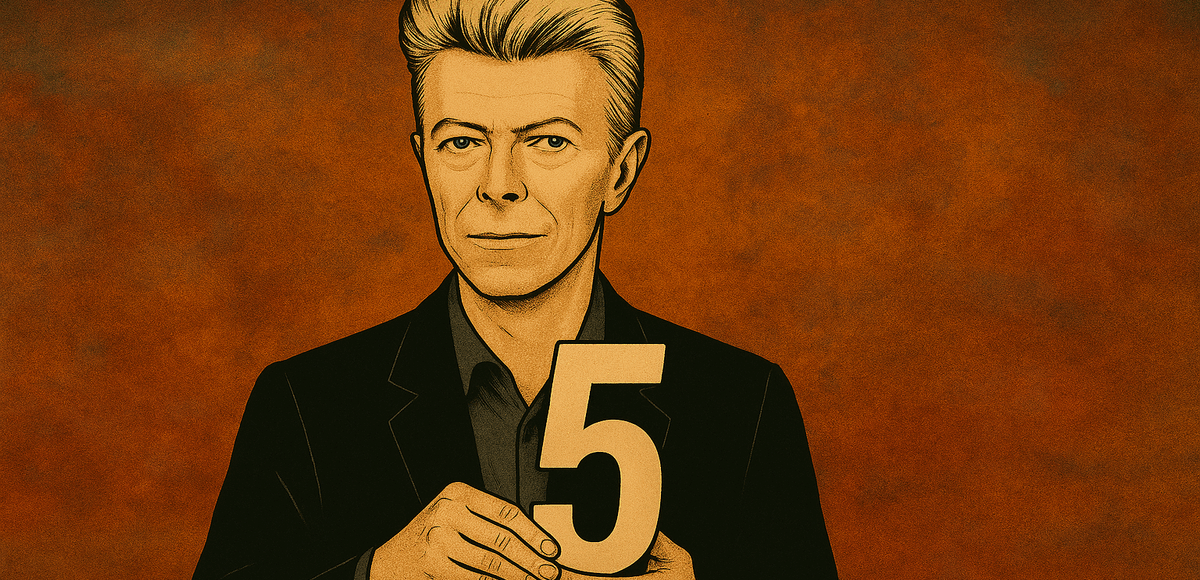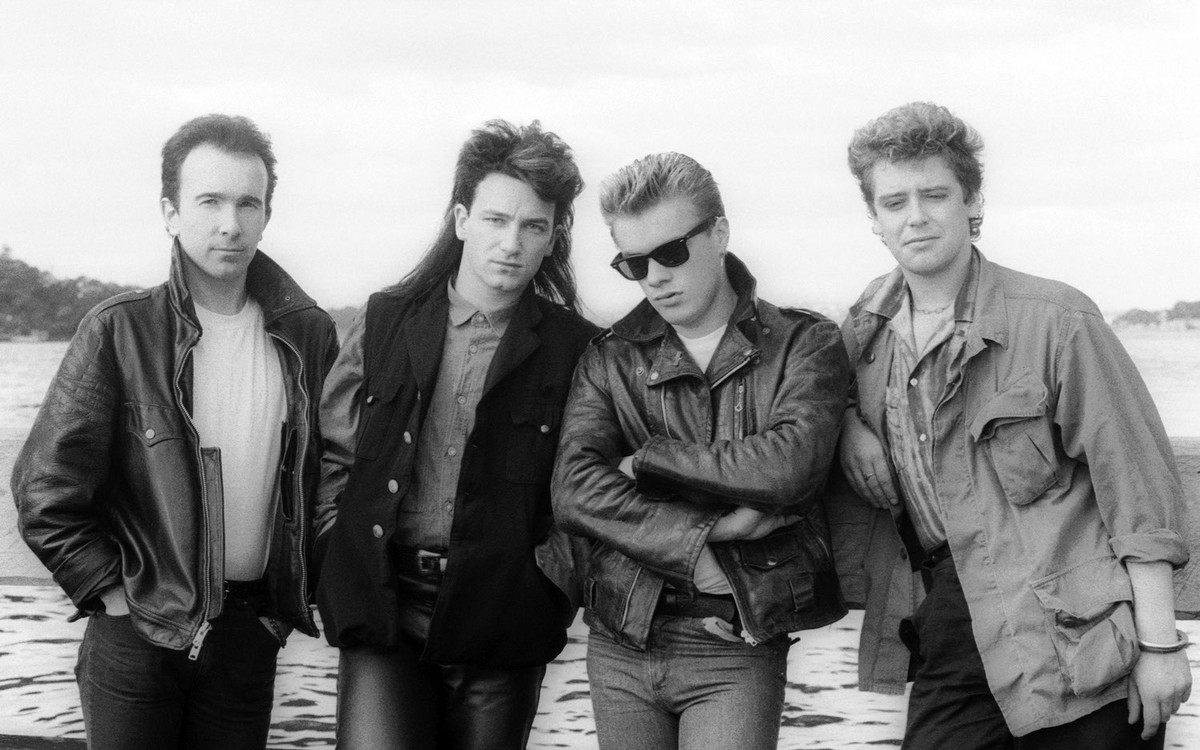Bowie’s life was a work of art in motion but a few chapters read like surreal fiction.
1A satellite named after him was launched, without his knowledge
In 2016, a Canadian company launched a tiny satellite called Starman into space, just months after Bowie passed away. The cube, about 10 cm wide, was visible from Earth and emitted light pulses designed to symbolize artistic immortality. Bowie never knew about it. While poetic, the initiative sparked debate among scientists, some of whom saw it as beautiful, others as unnecessary space clutter.
2He held a patent in digital broadcasting
Back in 1997, Bowie created BowieNet, a pioneering internet service provider. Subscribers received personalized email addresses, exclusive multimedia content, and even the chance to chat with Bowie himself. The project was so advanced for its time that he filed a patent for his digital broadcasting system. Long before social media, Bowie was already building direct, digital relationships with his fans.
3He turned down British honors, twice
In 2000, Bowie declined a CBE (Commander of the British Empire). Then in 2003, he turned down a knighthood. His answer was blunt: “I wouldn’t know what to do with it.” Unlike other British rock icons, Bowie preferred to stay detached from institutions, always maintaining his outsider identity and forward-thinking spirit.
4A spider species was named after him
In 2008, scientists discovered a bright-colored spider in Malaysia and named it Heteropoda davidbowie. The reason? Its vivid coloring resembled Bowie’s flamboyant Ziggy Stardust era. The researcher hoped the name would raise awareness about endangered species. Once again, Bowie’s influence stretched far beyond music, even into taxonomy.
5He wrote a whole album in a semi-hypnotic state
Outside, released in 1995, was a dark, experimental concept album co-created with Brian Eno. To immerse himself in the album’s surreal narrative, Bowie placed himself in a light trance. He relied on William Burroughs’ cut-up method, slicing up text and reassembling it randomly, to write lyrics. The goal was to create an artistic world free from linear logic and fully open to subconscious creation.






